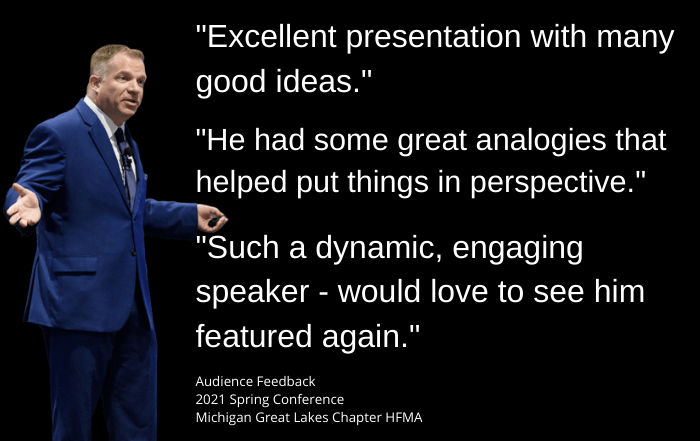 In a fast-changing business climate, leaders must understand that advancement is not innovation. Simply doing things, just a little better than you’ve done them before, could put you on the road to diminishing returns.
In a fast-changing business climate, leaders must understand that advancement is not innovation. Simply doing things, just a little better than you’ve done them before, could put you on the road to diminishing returns.
For instance, the latest version of the Apple Watch represents an advancement of a product. While it sounds like the watch has some nifty improvements, it’s not a new product. It’s a slightly better version of the old product.
For a while, a little better may be all you need. But the day may come when better is no longer good enough and then you’ll realize that advancement is not innovation. Make sure you’re not falling behind the competition with these tips:
Do They Still Need What You Love?
As a keynote speaker, I have to periodically review my material and decide if it’s time for some reinvention. A story or a lesson I love to share may have become dated or not resonate as well with audiences. It may need to be replaced with something more timely.
For example, a talk that highlights pre-pandemic business challenges, no longer represents many of the concerns of the marketplace. The old talk was good but before long, meeting planners will realize it won’t dazzle their audiences.
In your business, think about the things you love that no longer may have the same impact for your customers. Are they hungry for something new and does delaying innovation come with lost business?
Questions to Improve Employee Innovation
Change can be difficult and new ideas may encounter resistance. These are important questions to ask:
- “Why are we considering this new idea?”
- “What happens if we do nothing?”
- “How do we scale this idea to make it fit our business?”
- “If we implement this idea, how will things change in one year?”
A Time Commitment
Discovering, promoting, and putting new ideas into practice requires time. The mistake is believing this kind of change is an instant process, much like oatmeal or rice.
If you don’t give employees time to investigate innovation, then it will be hard to see any appear. If you’re concerned about lost time or time that’s wasted with ideas that don’t pan out, then set some boundaries.
Conference Learning and ROI
A desire to have more innovation in your organization may see people sent to conferences. This is great but make sure you don’t fall into a common trap, where the benefits of the learning are never felt.
Imagine a member of your team goes to a conference, takes lots of notes, makes good contacts, and then comes back to your office full of ideas. The problem is day-to-day demands prevent any of the ideas from ever getting out of the notebook.
Your business won’t succeed based on notes that collect dust. When you send someone to an event, set expectations for key takeaways to be shared after the event. And make sure the person has the time to organize the takeaways. You want these thoughts to be transformed into potential action steps.
Innovation May Require Explanation
While you may have been dazzled by seeing a new idea put into practice elsewhere, those who weren’t there may not understand its value. It’s like the difference between seeing Star Wars and reading an online about the film.
When you talk about something new, paint a verbal picture that allows other to experience it. Tell them what they are seeing and why it is important.
For instance, a basic description of an assembly line may not excite people because it involves a major change. But if you explain it in such a way that they can understand the efficiency, speed, and precision gained through the manufacturing process, then the buy-in can increase dramatically.
The future of your workplace may depend on people understanding that advancement is not innovation. Make it easy for them to change.






